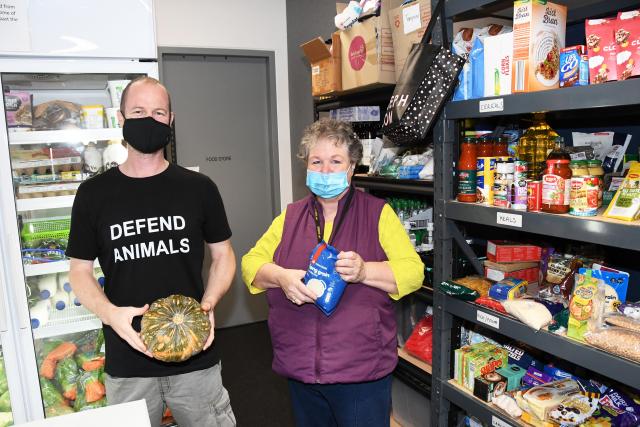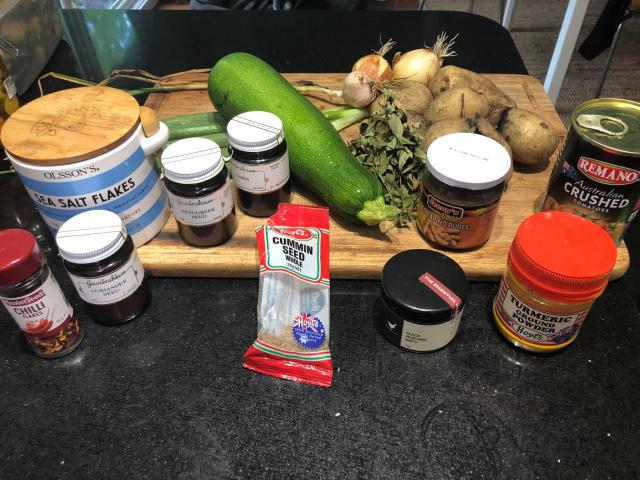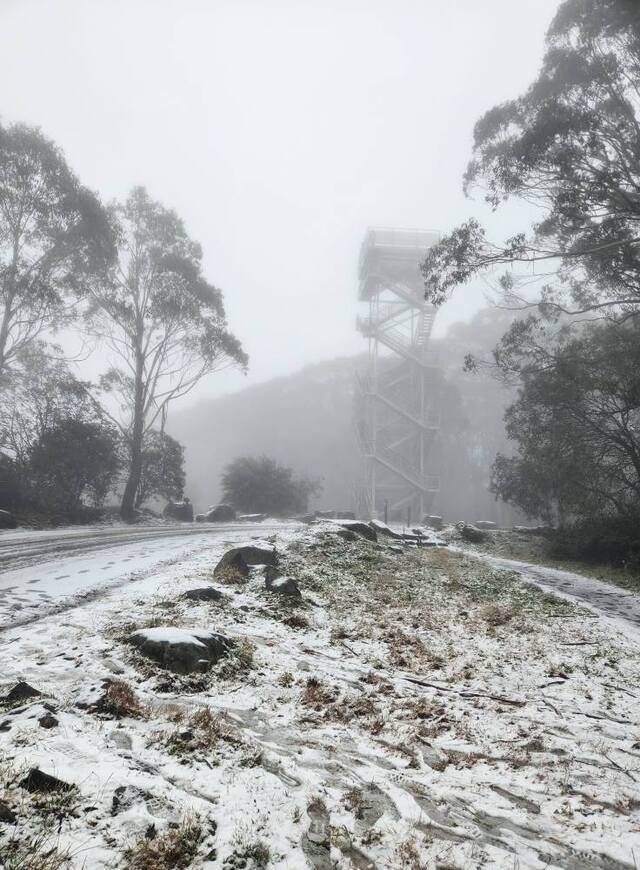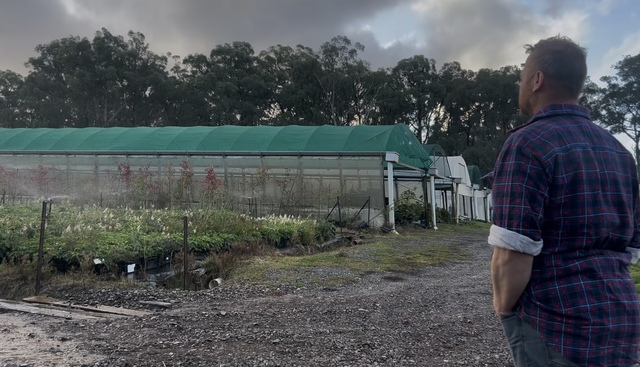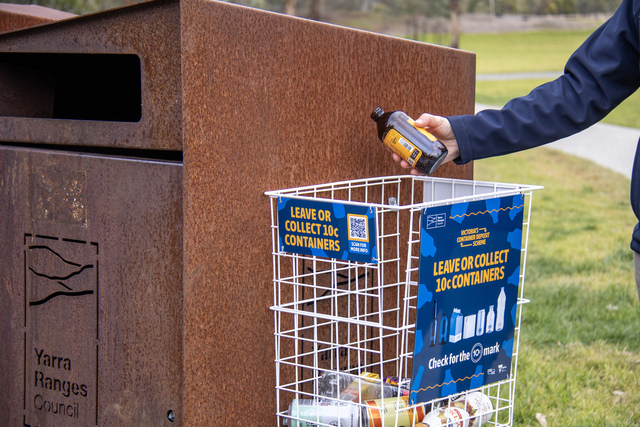Hills locals are looking for solutions to the increase in food prices throughout Victoria as supply for utilities remains scarce.
A recent Comparethemarket.com.au survey found 6 per cent of Australians are skipping meals as they simply can not afford the increasing expense.
“Compared to the September quarter last year now Australians are averaging $10 more each week on their groceries,” Comparethemarket.com.au spokesperson Chris Ford said.
“Victorians [are] spending…$182 on average per week on groceries. So it’s an enormous bill for Victorians [with the] cost of living pressures and our pockets getting pinched at the fuel pump and otherwise – that with groceries increasing it’s really hurting; and more personally for regional Australia.”
“It stands to reason that there could be more hurt for those that live in those regional areas, because there is increased freight costs. So they could be passed on to the supermarket checkout as well.”
Mr Ford said there are a range of factors contributing to the extra cash Australians are dishing out for their groceries, including the introduction of Covid safety protocols and features in factories, the cost of ingredients imported from Eastern Europe as the sanctions on Russian exports continue and the shortage of wooden pallets used for the transportation of goods.
“We have seen large increases. Be it seasonal – but also due to inflation in fruit and vegetables – and that has really pinched upwards of 20 per cent for some of those products including lettuce and capsicums,” Mr Ford said.
The Australian Bureau of Statistics (ABS) also revealed this week that Australia’s consumer price index inflation rose to 5.1 per cent in the March quarter, and rimmed mean annual inflation, which excludes large price rises and falls, increased to 3.7 per cent – the highest since March 2009.
With Covid still a driving global focus and the conflict in Ukraine which Mr Ford said may seem “thousands of miles away,” these factors have still created “uncertainties” in the global market.
“It’s hard to say but it is very likely that we’re going to see more pain in the coming months at the supermarket.”
He offered some tips for consumers looking to reign in their shopping costs.
“Know the essentials, make the list before you go and plan out those meals. And when you go know that the essentials are often in the back of the stores.
The supermarket often tries to trick you and they want you to buy things on the way to those items, and use a small shopping trolley or a basket.”
Frozen fruit and veggies could be a cheaper alternative, and reducing snacks (often the most expensive per-kilogram item in the trolley) might help the “hip-pocket,” he said.
“Buy bigger portions for meals so that you can get them at a cheaper price potentially on sale. And then you can cook once, but then eat twice or three times.
Cockatoo local David Wilkinson has recently taken the opportunity to share home-cooked recipe ideas and tips on keeping grocery purchases within a tight budget on social media.
“With the rising costs of fruit and vegetables now, it’s really difficult for people on low incomes,” Mr Wilkinson said.
“When you’ve got options of buying a bag of chips or a bag of apples – the chips are always going to be much cheaper. So [I’m] trying to get people to make wise choices in terms of what they choose, but acknowledging that people are under significant strain [as well].”
“This is the first year I’ve taken growing food in the garden really seriously. And I’ve had great results. I’ve had huge amounts of produce, and that in itself would save me a lot of money at the shops buying food.”
One of his popular posts includes a Mushroom Ragu ‘slowly cooked for four hours flavoured with herbs from the garden served with Pappardelle and grated Parmesan,’ but he is preparing for a new approach to his food posting.
“I will start using a traffic light system with red being a bit more luxurious and green the most frugal. I will apply that to the availability of ingredients locally as well,” one of his posts reads.
“I wanted to start applying some values to the recipe I’m actually doing – highlighting which are extremely affordable,” he said.
Tania Bevan, CEO of the Dandenong Ranges Relief Emergency Relief Service, said Covid-19 has increased the amount of people accessing services.
“People have been wanting more help with food and fuel vouchers, utility bills, and the cost of medication, too,” Tania said.
“Some [have] needed us less because the government increased the amount of money for people on job seeker…but we saw more people who had never been here before, because they’ve lost their jobs,” Ms Bevan said.
The Emergency Relief Service, located in Belgrave, provides or reasons such as illness, unemployment, domestic violence, homelessness, and other hardship and has a drop-in centre for those seeking social interaction and light refreshments.
“It’s really the fresh fruit and vegetables, meats and dairy that people are struggling with,” Ms Bevan said.
“If someone is struggling with the cost of living, they can contact their nearest emergency relief service who can provide food and potentially financial assistance in a confidential setting,” she said.

